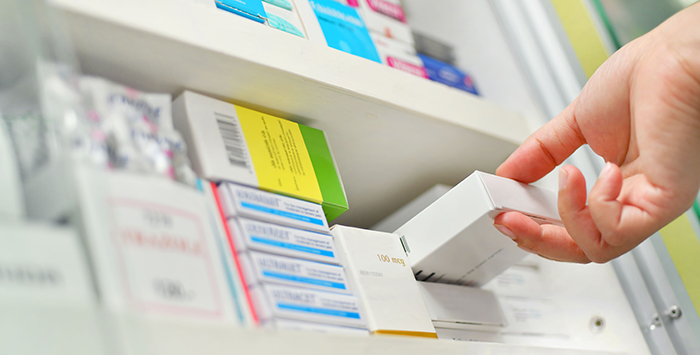NPA view: Medicines costs having €critical€ impact
In Opinion
Follow this topic
Bookmark
Record learning outcomes
A recent survey confirms that many NPA members are paying out more in bills to wholesalers than they are being reimbursed by the NHS, warns the trade body

Medicines costs are having a “critically negative” impact on the pharmacy of 66 per cent of those responding to a recent survey by the NPA (this compares to 50 per cent who say business red tape is having a critically negative impact).
Pharmacy teams are spending more and more time and effort sourcing stock and supplying medicines to patients promptly, in good faith, despite knowing that they may be doing so at a loss. With prices of generic medicines often varying widely, the shortfalls can be significant. Many independent pharmacies cannot buy bulk stock in advance, therefore they are particularly vulnerable to price instabilities.
We need to see a more effective concessionary pricing system that allows community pharmacies to have reasonable certainty of what they will be reimbursed. Meanwhile, wholesalers should be transparent about their pricing and margins, as these feed through the supply chain and directly impact independent pharmacies and their patients.
Monitoring procurement costs
NPA members now have a new tool at their disposal, to help them monitor their medicines procurement costs against Drug Tariff (DT) indicative reimbursement prices. The tool allows pharmacies to monitor the indicative difference in costs between the prices they pay when buying Part VIIIA listed medicines and the reimbursement for dispensing those medicines, including the indicative difference following price concessions, if granted.
The snappily named ‘DT Part VIIIA medicines prices margin calculation template’ can be accessed via the NPA website. It will be updated once a month after the following month’s Drug Tariff has been released.
At the same time, the NPA has created a price concessions margin versus DT price spreadsheet, which lists the differences between the DT price and the price concessions margin for the last two months. Of course, these resources don’t solve the fundamental problems in relation to medicines prices and reimbursement – but they do help each individual pharmacy business to understand their particular situation more precisely and help them make better buying decisions.
Getting the message across
The association has been asked to appear on television many times in the past few weeks to talk about medicines shortages. Each time, we have tried to reassure viewers that most patients are getting the medicines they need, when and where they need them. At the same time, we’ve been clear that it has taken a great deal of hard work by pharmacy teams to shield patients from the mounting difficulties.
The same TV and radio interviewers always ask whether Brexit is the cause of shortages. We point out that Brexit uncertainties may be a contributory factor but aren’t the root cause given that shortages have been a problem for months, indeed years. We also warn about the risks of disruption to supplies in the event of a ‘no-deal’ Brexit and highlight the importance of effective movement of medicines and medical devices across borders with the European Union.
As ever, please email independentsvoice@npa.co.uk to share your views with us on any matter of public policy.
